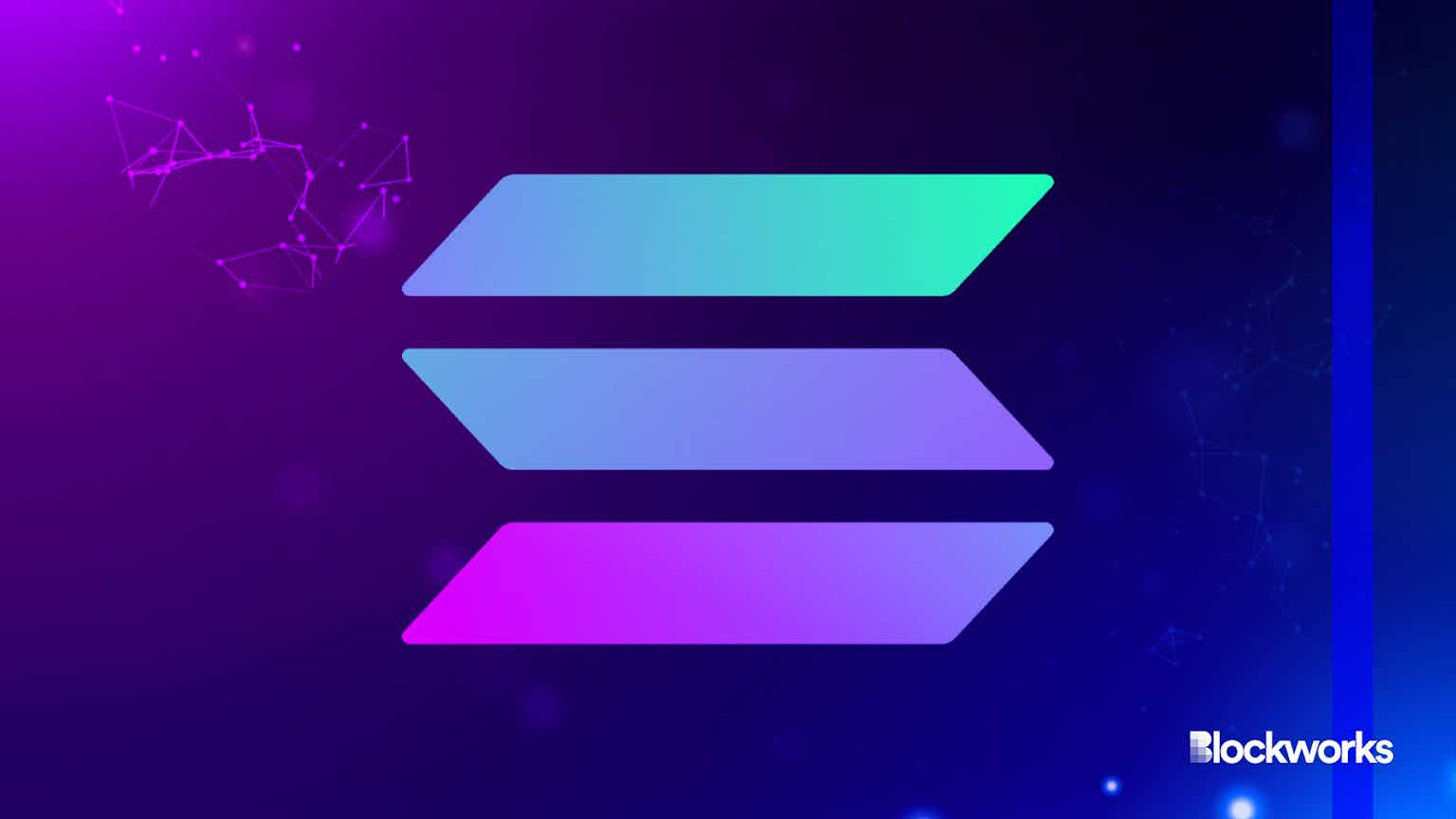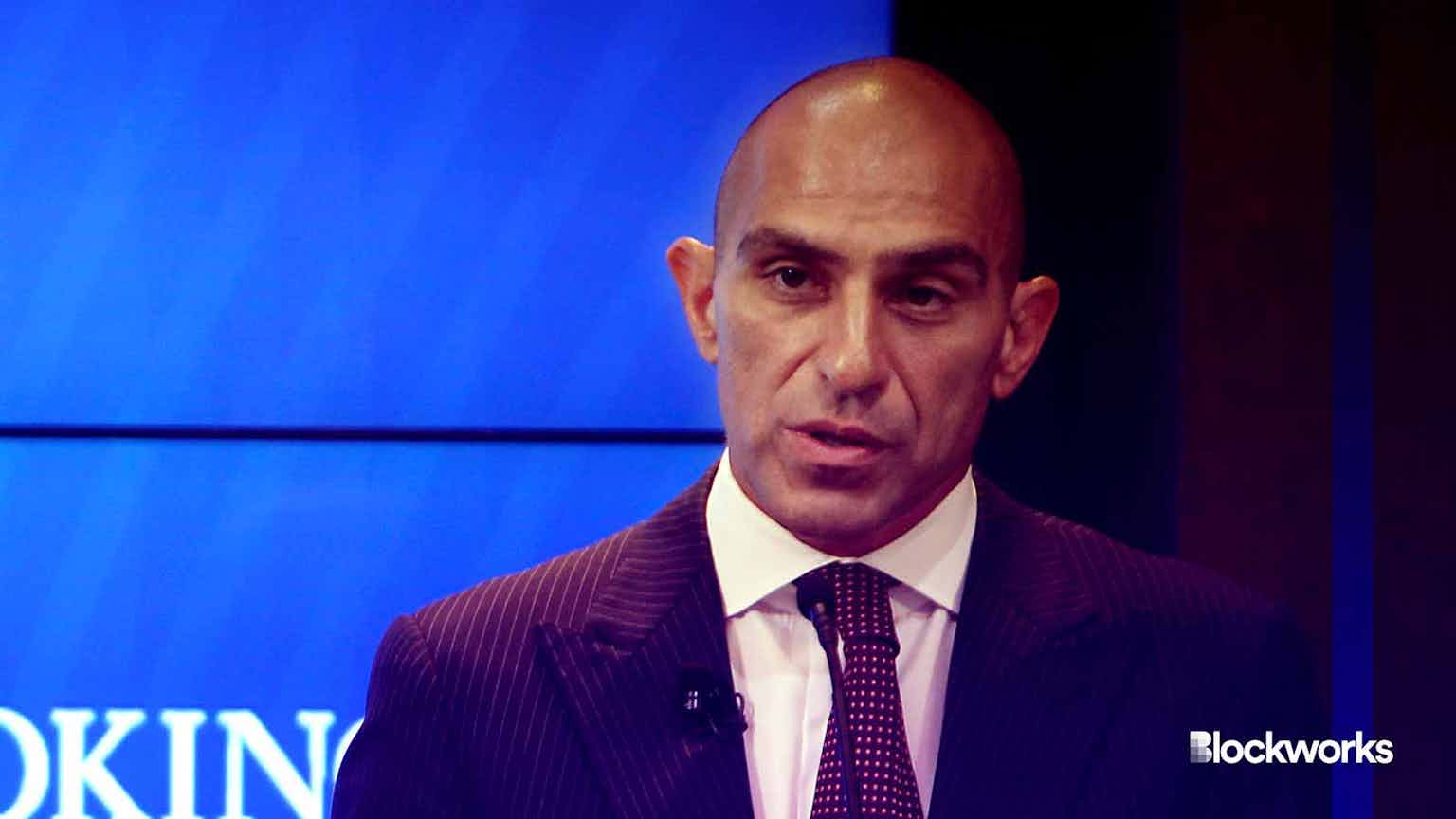Bitcoin halving will benefit publicly listed miners: JPMorgan
The share of publicly traded miners is poised to increase post-halving, JPMorgan said

Marti Bug Catcher/Shutterstock modified by Blockworks
Publicly traded bitcoin miners have a leg up during the halving, say JPMorgan analysts.
In a new note on the halving, analysts said that the concentration of bitcoin miners is “likely to increase” following the April 19 event, but that the publicly traded bitcoin miners will come out as a winner.
The analysts, led by Nikolaos Panigirtzoglou, believe that the bitcoin network could experience a 20% drop in hashrate post-halving, due to inefficient mining rigs going offline. JPMorgan predicts that the production cost range could drop to $42,000.
The team based that cost on the average electricity cost, further noting that some miners could have different costs based on their location and mining activity scale.
Read more: The next bitcoin halving is coming. Here’s what you need to know
“Bitcoin miners with below average electricity costs and more efficient rigs are likely to survive while those with high production costs would struggle,” analysts wrote.
The price of bitcoin (BTC), they added, could hover around $42,000 following the halving “euphoria” after April. Bitcoin, ahead of the halving, is hovering around $60,000, hitting highs not seen since November 2021.
April’s halving marks the fourth such event, and historically the price of bitcoin has taken off in the months following. However, the momentum tends to take time.
Block rewards will drop to 3.215 from 6.25 BTC in a little over a month, which will also put some financial strain on mining companies as the rewards decline and the profitability shrinks.
Blockworks previously reported that the sector could see consolidation as miners look to reduce power costs and raise capital.
Read more: Bitcoin miner consolidation appears imminent as halving looms
The analysts at JPMorgan echoed experts, adding that the publicly traded miners could be nicely positioned post-halving.
There are a handful of publicly listed bitcoin miners. The list includes miners such as Marathon, Riot, CleanSpark and Hut 8.
There are a couple of factors that led Panigirtzoglou’s team to this conclusion. First and foremost, the larger scale mining operations that come with being a publicly traded miner since companies can reduce overhead costs.
The miners also tend to have fixed agreements with power companies “which along with a more sustainable energy mix help them to lower electricity costs, a major component of the overall bitcoin production cost.”
Read more: Marathon Digital ready to deploy ‘dry powder’ in push to double hash rate
And, finally, “publicly listed miners have access to equity markets. In fact they have been raising larger amounts of equity capital in recent quarters…to fuel their operations via purchases of more efficient mining rigs,” the analysts wrote.
In 2022 — two years after the last halving — the publicly traded miners saw a boost in share due to the price of bitcoin declining, making it harder for smaller and private miners to compete. This scenario, the analysts believe, could repeat itself.
“We expect the share of publicly listed miners to increase post halving, especially if our call of bitcoin prices drifting lower towards $42,000 after April materializes,” they said.
Start your day with top crypto insights from David Canellis and Katherine Ross. Subscribe to the Empire newsletter.




